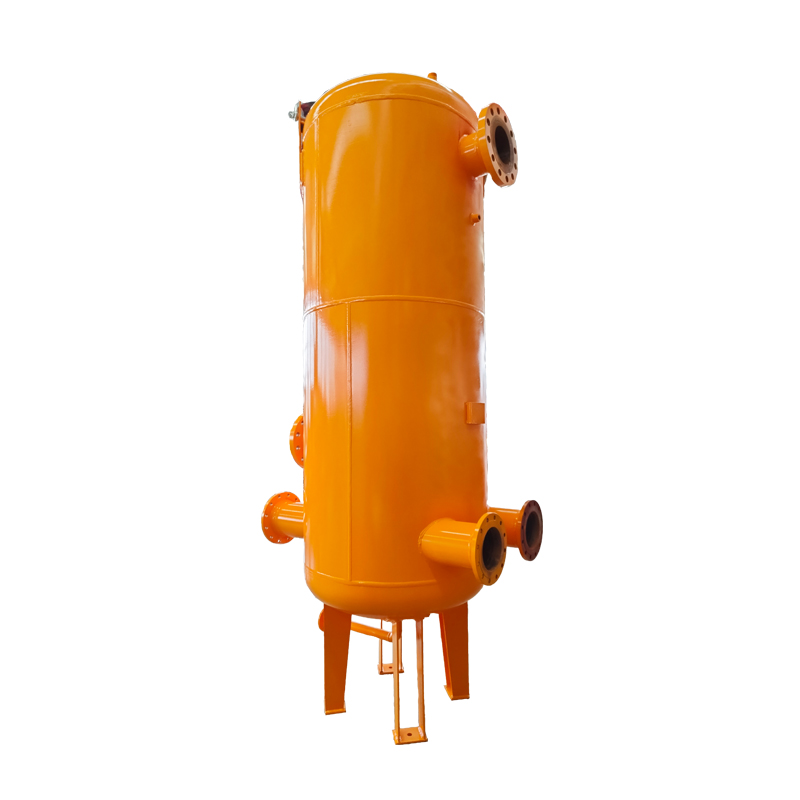
8 月 . 06, 2024 09:04
Back to list
An Overview of Gas Valve Functionality and Its Importance in Modern Systems
Understanding Gas Valves Essential Components in Modern Applications
Gas valves are crucial components in various applications involving the control and regulation of gas flow. These valves play a significant role across multiple industries such as housing, automotive, and industrial systems, ensuring safety, efficiency, and reliability. This article delves into the importance of gas valves, their types, functions, and the necessary safety measures that should be observed when working with them.
What Are Gas Valves?
Gas valves are mechanical devices designed to control the flow of gas in a pipeline or system. They are responsible for opening, closing, or throttling the flow of gas, ensuring that systems operate efficiently and safely. Gas valves can be manually operated or automated, incorporating advanced technologies that allow for remote operation and monitoring.
Types of Gas Valves
There are several types of gas valves, each designed for specific functions and applications
1. Ball Valves These valves feature a hollow, perforated sphere (the ball) that rotates within the valve. When the ball is aligned with the flow direction, the valve is open; when it is perpendicular, the valve is closed. Ball valves are known for their durability and ability to provide a tight seal.
2. Gate Valves A gate valve uses a sliding gate to control the flow of gas. They are typically used in applications where the flow needs to be completely open or completely closed, making them less suitable for throttling purposes.
3. Globe Valves These valves manage flow regulation and are characterized by a spherical body. Globe valves provide better throttling capabilities but may create more pressure drops compared to other types.
4. Check Valves These valves allow gas to flow in one direction only, preventing backflow. They are essential in applications where reverse flow could cause issues.
.
Functions of Gas Valves
صمام الغاز

The primary function of gas valves is to control the flow of gas, which can involve various operations, such as
- Isolation Gas valves can isolate segments of a gas supply line for maintenance or emergency situations, preventing gas leaks and potential hazards.
- Regulation Some valves can regulate gas flow rates, ensuring optimal operation of appliances, heaters, and other gas-utilizing equipment.
- Safety Safety valves are designed to release gas in case of overpressure, preventing explosions or damages in the system.
Safety Measures in Handling Gas Valves
When dealing with gas valves, safety should always be the top priority. Here are some essential measures
1. Regular Inspections Periodic checks of gas valves and associated systems can detect potential issues before they become serious problems.
2. Proper Installation Ensuring that valves are installed according to manufacturer specifications is crucial in preventing leaks and malfunctions.
3. Training Personnel who handle gas valves should receive adequate training to understand the equipment, how it operates, and the necessary safety protocols.
4. Emergency Procedures Establishing clear emergency response plans can help mitigate risks in case of a gas leak or failure of the valve.
In conclusion, gas valves play an indispensable role in controlling gas flow across various industries. Understanding their types, functions, and safety measures is essential for anyone involved in installations, maintenance, or operations that utilize gas systems. Proper management of these components not only ensures efficient operation but also enhances safety in potentially hazardous environments.
Latest news
-
Unlocking The Quality Gas Pressure ReducersNewsNov.01,2024
-
The Role of Gas Pressure Reducing StationsNewsNov.01,2024
-
The Importance and Functionality of Safety Relief ValvesNewsNov.01,2024
-
The Essential Role of Safety Valves in Natural Gas ApplicationsNewsNov.01,2024
-
The Essential Role of Gas Pressure RegulatorsNewsNov.01,2024
-
Enhance Your Premium Gas FiltersNewsNov.01,2024

